Best movies like You Are on Indian Land
A unique, carefully handpicked, selection of the best movies like You Are on Indian Land Starring Michael Kanentakeron Mitchell, and more. If you liked You Are on Indian Land then you may also like: Place of the Boss: Utshimassits, We Can't Make the Same Mistake Twice, Woman Walks Ahead, Now Is the Time, Bury My Heart at Wounded Knee and many more popular movies featured on this list. You can further filter the list even more or get a random selection from the list of similar movies, to make your selection even easier.
The territory of Akwesasne straddles the Canada-U.S. border. When Canadian authorities prohibited the duty-free cross-border passage of personal purchases - a right established by the Jay Treaty of 1794 - Kanien'kéhaka protesters blocked the international bridge between Ontario and New York State.
You may filter the list of movies on this page for a more refined, personalized selection of movies.
Still not sure what to watch click the recommend buttun below to get a movie recommendation selected from all the movies on this list
We Can't Make the Same Mistake Twice
The new film from celebrated documentarian Alanis Obomsawin (Kanehsatake: 270 Years of Resistance) chronicles the events following the filing of a human-rights complaint by a group of activists, which charged that the federal government's woefully inadequate funding of services for Indigenous children constituted a discriminatory practice.
Woman Walks Ahead
Based on a true story, this riveting western follows a headstrong New York widow as she journeys west to meet Sioux chief Sitting Bull, facing off with an army officer intent on war with Native Americans.
Now Is the Time
A 1969 documentary on the carving and raising of the first Haida totem pole in over a century becomes the springboard for a film that restores fullness and richness to the larger story of a nation’s resurgent identity.
Bury My Heart at Wounded Knee
Beginning just after the bloody Sioux victory over General Custer at Little Big Horn, the story is told through two unique perspectives: Charles Eastman, a young, white-educated Sioux doctor held up as living proof of the alleged success of assimilation, and Sitting Bull the proud Lakota chief whose tribe won the American Indians’ last major victory at Little Big Horn.
The Missing
When rancher and single mother of two Maggie Gilkeson sees her teenage daughter, Lily, kidnapped by Apache rebels, she reluctantly accepts the help of her estranged father, Samuel, in tracking down the kidnappers. Along the way, the two must learn to reconcile the past and work together if they are going to have any hope of getting Lily back before she is taken over the border and forced to become a prostitute.
Soldier Blue
After a cavalry group is massacred by the Cheyenne, only two survivors remain: Honus, a naive private devoted to his duty, and Cresta, a young woman who had lived with the Cheyenne two years and whose sympathies lie more with them than with the US government. Together, they must try to reach the cavalry's main base camp. As they travel onward, Honus is torn between his growing affection for Cresta.
Northwest Passage
Based on the Kenneth Roberts novel of the same name, this film tells the story of two friends who join Rogers' Rangers, as the legendary elite force engages the enemy during the French and Indian War. The film focuses on their famous raid at Fort St. Francis and their marches before and after the battle.
Tomahawk
In 1866, a new gold discovery and an inconclusive conference force the U.S. Army to build a road and fort in territory ceded by previous treaty to the Sioux...to the disgust of frontier scout Jim Bridger, whose Cheyenne wife led him to see the conflict from both sides. The powder-keg situation needs only a spark to bring war, and violent bigots like Lieut. Rob Dancy are all too likely to provide this. Meanwhile, Bridger's chance of preventing catastrophe is dimmed by equally wrenching personal conflicts. Unusually accurate historically.
Foster Child
Gil Cardinal searches for his natural family and an understanding of the circumstances that led to his becoming a foster child. An important figure in the history of Canadian Indigenous filmmaking, Gil Cardinal was born to a Métis mother but raised by a non-Indigenous foster family, and with this auto-biographical documentary he charts his efforts to find his biological mother and to understand why he was removed from her. Considered a milestone in documentary cinema, it addressed the country’s internal colonialism in a profoundly personal manner, winning a Special Jury Prize at Banff and multiple international awards.
Frozen River
Ray Eddy, an upstate New York trailer mom, is lured into the world of illegal immigrant smuggling. Broke after her husband takes off with the down payment for their new doublewide, Ray reluctantly teams up with Lila, a smuggler, and the two begin making runs across the frozen St. Lawrence River carrying illegal Chinese and Pakistani immigrants in the trunk of Ray's Dodge Spirit.
Bisbee '17
It’s 2017 in Bisbee, Arizona, an old copper-mining town just miles from the Mexican border. The town’s close-knit community prepares to commemorate the 100th anniversary of Bisbee’s darkest hour: the infamous Bisbee Deportation of 1917, during which 1,200 striking miners were violently taken from their homes, banished to the middle of the desert, and left to die. Townspeople confront this violent, misunderstood past by staging dramatic recreations of the escalating strike. These dramatized scenes are based on subjective versions of the story and “directed,” in a sense, by residents with conflicting views of the event. Deeply personal segments torn from family history build toward a massive restaging of the deportation itself on the exact day of its 100th anniversary.
Indian Paint
Nishko is a chief's son in the Great Plains, before Europeans arrive. During his rite of passage, he's determined to tame a painted pony. He approaches manhood while his peaceful clan is set upon by a nearby tribe willing to break a treaty. He must also contend with the kidnapping of three young women from his village, his pony's illness behind enemy lines, his mother's coma after a rattlesnake bite, the medicine man's urging that he sacrifice what he loves best, the attack of a cougar and of wolves, and his own injury while alone in the woods. His kindness, bravery, and quick thinking serve him well, but rescue come from an unexpected source.
Hymn of the Nations
Hymn of the Nations, originally titled Arturo Toscanini: Hymn of the Nations, is a 1944 film directed by Alexander Hammid, which features the "Inno delle nazioni," a patriotic work for tenor soloist, chorus, and orchestra, composed by Italian opera composer Giuseppe Verdi in the early 1860s. (For this musical work, Verdi utilized the national anthems of several European nations.) In December 1943, Arturo Toscanini filmed a performance of this music for inclusion in an Office of War Information documentary about the role of Italian-Americans in aiding the Allies during World War II. Toscanini added a bridge passage to include arrangements of "The Star-Spangled Banner" for the United States and "The Internationale" for the Soviet Union and the Italian partisans. Joining Toscanini in the filmed performance in NBC Studio 8-H, were tenor Jan Peerce, the Westminster Choir, and the NBC Symphony Orchestra. The film also included the overture to Verdi's opera La Forza del Destino.
The Paleface
A butterfly collector unwittingly wanders into an Indian encampment while chasing a butterfly, but the tribe has resolved to kill the first white man who enters their encampment because white oil tycoons are trying to force them from their land.
Savage
On a summer day in the 1950s, a native girl watches the countryside go by from the backseat of a car. A woman at her kitchen table sings a lullaby in her Cree language. When the girl arrives at her destination, she undergoes a transformation that will turn the woman’s gentle voice into a howl of anger and pain.
The Silent Enemy
In the Canadian Northwest, the Chippewa tribe struggles to find food before the onset of winter.
There's Something in the Water
Elliot Page brings attention to the injustices and injuries caused by environmental racism in his home province, in this urgent documentary on Indigenous and African Nova Scotian women fighting to protect their communities, their land, and their futures.
Through Black Spruce
The disappearance of a young Cree woman in Toronto traumatizes her Northern Ontario family, and sends her twin sister on a journey south to find her.
Santa Fe Passage
A disgraced Indian scout and his partner are hired to escort a wagonload of guns through Indian territory.
Te Ata
The extraordinary life of Chickasaw Nation citizen Mary Thompson Fisher is given a heartfelt tribute in this moving look at a culture in transition, and the way one woman used her voice to keep Native traditions and stories alive. Raised in Indian Territory, Fisher left home to pursue her dream of becoming an actress, only to find that her true calling was at home all along. From Chautauquas to Broadway and even the White House, Fisher traveled the world performing Native American songs and stories for heads of state, American presidents, and European royalty. Featuring Chickasaw citizens both in front of and be-hind the camera, this touching portrait starring Q’orianka Kilcher (“The New World”) and Graham Greene honors a woman whose own story was the most inspiring one she never told. -TCFF database
New Mexico
Captain Hunt of the cavalry is trying to promote good relations with the Indian chief Acoma. But Hunt's superiors in the military insist on pursuing policies that will provoke a conflict, and Chief Acoma is not willing to let himself be insulted.
The Prairie
The Prairie is set at the time of the Louisiana Purchase. Hoping to find their destiny in the new territory, the Bush Family heads southward in a covered wagon. Sharing the family's numerous dangers and hardships are Ellen Wade (Lenore Aubert), sole survivor of an Indian attack, and army mapmaker Paul Hover (Alan Baxter). Cousins Abiram (Russ Vincent) and Asa (Jack Mitchum) duke it out over Ellen's affections
The Stand at Apache River
Sheriff Lane Dakota captures robbery-murder suspect Greiner just as the latter is wounded in an Apache ambush. At remote outpost Apache River, Lane and his prisoner spend the night with other travelers, including 2 women with a surprising number of fancy dresses. In the morning, who should appear but a band of ostensibly peaceful Apaches strayed from the reservation. And bigoted Colonel Morsby is strongly inclined to shoot first and ask questions afterward...
Dance Me Outside
Explores the sensitive, and tense, relationship between life on an First Nations reservation and life in the outside world. When Native Canadian Silas Crow is forced to write a personal essay in order to get a much-desired job, he tells the story of the rape and murder of an Indian girl by a drunken thug. When the killer received a lenient two-year sentence for manslaughter, the First Nations community felt shock and anger—and tried desperately to deal with the after-effects of this lack of justice.
One Dead Indian
Stoney Point Natives assemble at Ipperwash Provincial Park for what began as a peaceful protest.
The Deserter
A young cavalry officer finds his woman tortured by the Apaches and blames the Army for not properly protecting the outpost, so becomes a deserter and an avenger, stalking and killing Indians without warning.
A Distant Trumpet
In 1883, US Cavalry lieutenant Matthew Hazard, newly graduated from West Point, is assigned to isolated Fort Delivery on the Mexican border of Arizona, where he meets commanding officer Teddy Mainwarring's wife Kitty, whom he later rescues from an Indian attack.
Saskatchewan
Story of blood brothers whose bonds are tested when marauding Sioux Indians cross the border to enlist the peaceful Cree in a battle against the Great White Father.
The Broken Chain
The true story of Iroquois warrior Thayendanegea participating in the French and Indian War and the American Revolutionary War.
Frontier Rangers
A pastiche of three episodes from the 1958 TV series Northwest Passage, stitched together as a feature and released theatrically in Europe.
The Far Horizons
Virginia, 1803. After the United States of America acquires the inmense Louisiana territory from France, a great expedition, led by William Lewis and Meriwether Clark, is sent to survey the new lands and go where no white man has gone before.
Skating to New York
The coming-of-age journey of 5 teenage boys who leave their small, Canadian town behind and risk skating across Lake Ontario to New York on the coldest day of the year.
The Body Remembers When the World Broke Open
When Áila encounters a young Indigenous woman, barefoot and crying in the rain on the side of a busy street, she soon discovers that this young woman, Rosie, has just escaped a violent assault at the hands of her boyfriend. Áila decides to bring Rosie home with her and over the course of the evening, the two navigate the aftermath of this traumatic event.
Edge of the Knife
Island of Haida Gwaii, northern Canada, 19th century. During a fishing gathering, Adiits'ii commits an unfortunate act. Tormented, he runs away to the wilderness as his mind embraces madness.
Don Giovanni
This production was originally staged for the Pepsico Summerfare Festival, The International Performing Arts Festival of the State University of New York at Purchase. Leaving the lyrics in their original Italian, acclaimed American director Peter Sellars transports Wolfgang Amadeus Mozart's "Don Giovanni" to a modern-day metropolis, nestling the opera's beloved characters among the brownstones of New York City's Harlem. Sellars's contemporary retelling of a classic musical tale is one of three performances in a Mozart series that also includes "Le Nozze di Figaro" and "'Così Fan Tutte."
The Yellow Tomahawk
When the army insists on building a fort on Indian land, in defiance of a treaty, the warnings of a scout go unheeded.
The Gun That Won the West
In the late 1880s, Colonel Carrington and his command are assigned the job of constructing a chain of forts in the Sious Indian territory of Wyoming. Carrington recruits former cavalry scouts Jim Bridger and "Dakota Jack" Gaines to lead the project. Bridger and Gaines are friendly with Sioux chief Red Cloud, and they feel a peace treaty with the Indians can be made. If an Indian-war breaks out, the cavalry is depending on getting a new type of Springfield rifle. Bridger, Gaines and Gaines wife, Maxine, arrive at the fort for the conference. Gaines, in a drunken fit, tries to intimidate the Indians unto signing a treaty. Chied Red Fox threatens war if his territory is invaded by any troops building forts.
Fury at Furnace Creek
The Arizona wilderness, 1880. Gen. Fletcher Blackwell sends a message telling Capt. Walsh, who is escorting a wagon-train through Apache territory, heading for the fort at Furnace Creek, that he should cancel the escort and rush to another town. Apache leader "Little Dog" is leading the attack on the wagon-train and massacring everyone at the poorly manned fort. As a result the treaty is broken with the Indians and the white settlers take over the territory with the help of the cavalry, as the Apaches are wiped out and only "Little Dog" remains at large. Gen. Fletcher Blackwell is court-martial-led for treason.
Southwest Passage
Director Ray Nazarro's 1954 western, originally filmed in 3-D, stars John Ireland and Joanne Dru as fugitive bank robbers who hide out by joining a government expedition bound for California.
Daredevils of the West
A gang of land-grabbers tries to prevent safe passage of the Foster Stage Company through frontier territory.
Buffalo Bill in Tomahawk Territory
Story concerns the efforts of Buffalo Bill to protect the Indian's land from a gang who want to get the gold buried there. The outlaws disguise themselves as Indians and raid and plunder the settlers in order to blame the tribe.


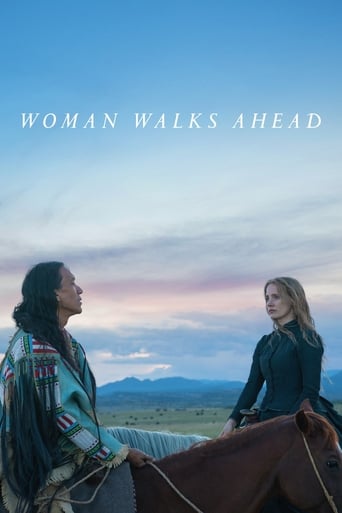

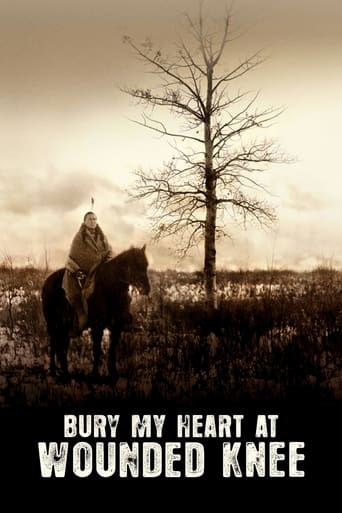



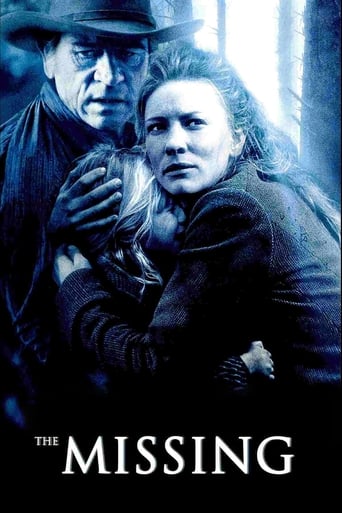
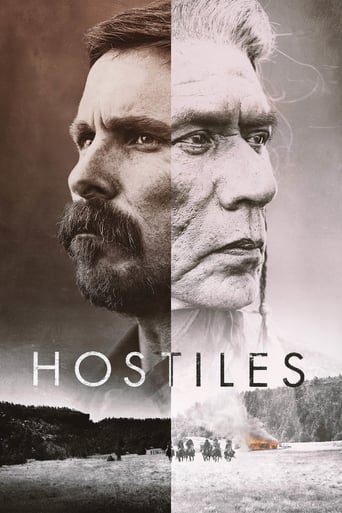

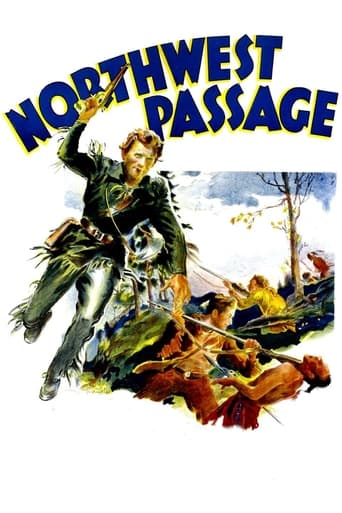










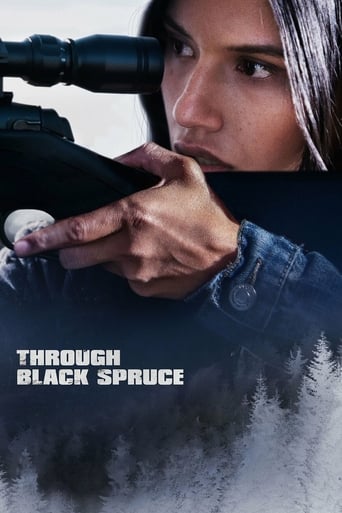














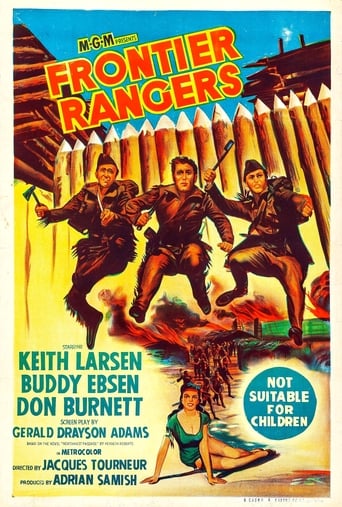
















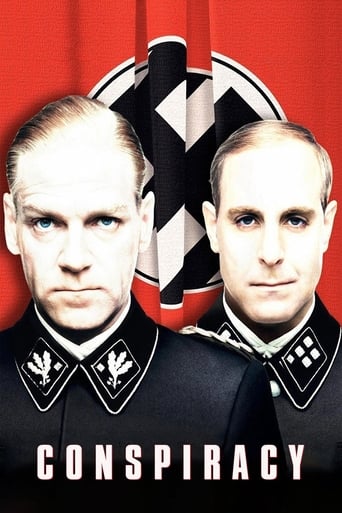



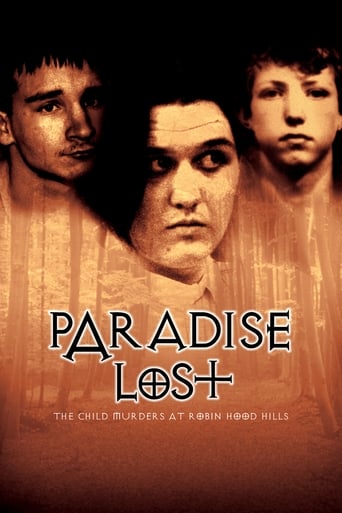




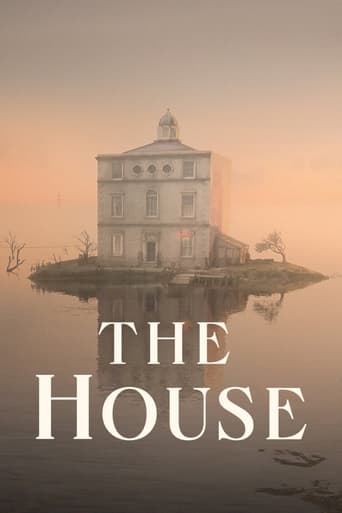
Place of the Boss: Utshimassits
In the '60s, the Mushuau Innu had to abandon their 6,000-year nomadic culture and settle in Davis Inlet. Their relocation resulted in cultural collapse and widespread despair.